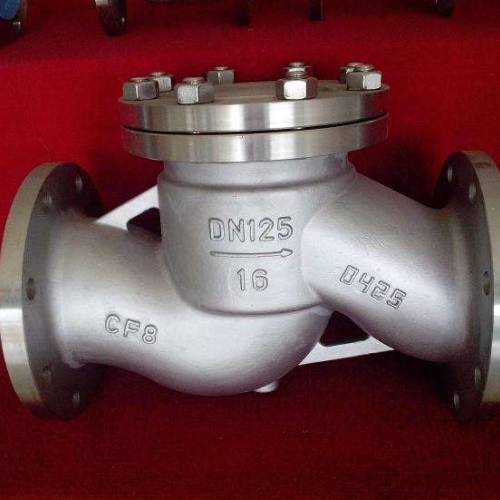Gas Flow Control with Butterfly Valves for Efficient System Performance
Understanding Butterfly Valves for Gas Applications
Butterfly valves have become a preferred choice in various industries for regulating and controlling the flow of fluids, including gases. These valves are renowned for their simplicity, reliability, and efficiency, which makes them an important component, particularly in gas applications. In this article, we will explore the fundamentals of butterfly valves, their design features, advantages, and key considerations when utilizing them for gas systems.
What is a Butterfly Valve?
A butterfly valve is a quarter-turn rotational valve that uses a circular disc to control the flow of gas or liquid. The disc is mounted on a spindle, allowing it to pivot in the center of the pipe. When the valve is in the closed position, the disc is perpendicular to the flow, effectively blocking it. Conversely, when the valve is opened, the disc rotates to align parallel to the flow, allowing gas to pass freely. This mechanism allows for rapid operation and precise control over flow rates.
Design Features
Butterfly valves come in various designs and configurations, each suited for different applications. The most common types are
1. Wafer Style These valves are sandwiched between two flanges and are typically installed in systems where space is limited. 2. Lug Style Designed to be bolted into the pipeline, allowing for easy removal and maintenance without the need for system shutdown. 3. Double Flanged These provide flanged ends for direct installation onto flanged pipes, offering robust support and sealing.
The materials used in butterfly valve construction also vary. For gas applications, valves made from metal, such as stainless steel or ductile iron, are commonly used to withstand pressure and temperature fluctuations.
Advantages of Butterfly Valves in Gas Applications
Butterfly valves provide several benefits in gas operations, making them an optimal choice for various sectors, including natural gas distribution, oil refineries, and power generation.
1. Compact Design Their small footprint allows for space-saving installations, which is particularly advantageous in systems where space is at a premium. 2. Quick Operation The quarter-turn operation enables rapid opening and closing, allowing for efficient flow regulation, which is crucial in gas management where swift adjustments may be necessary.
butterfly valve gas

4. Cost-Effective Compared to other valve types, butterfly valves are typically more economical both in terms of initial investment and maintenance costs.
5. Versatility They can handle a wide range of gas types, including corrosive and non-corrosive gases, making them suitable for various industries.
Key Considerations
While butterfly valves have many advantages, there are several factors to consider when selecting the appropriate butterfly valve for gas applications
1. Pressure and Temperature Ratings Ensure that the selected valve can handle the specific pressure and temperature conditions of the gas being transported.
2. Sealing Mechanism For gas applications, a tight seal is critical to prevent leaks. The choice of seating material—such as rubber, PTFE (Teflon), or metal—is crucial based on the gas characteristics.
3. Flow Direction Butterfly valves are typically non-directional, meaning they can be installed in any orientation, but flow direction should always be considered to optimize performance.
4. Maintenance While butterfly valves are generally low maintenance, regular inspections are required to ensure their proper function, especially in critical gas systems.
5. Regulatory Compliance Complying with local and international regulations for gas safety and equipment standards is paramount.
Conclusion
In summary, butterfly valves are an efficient and versatile choice for gas applications. Their design simplicity, quick operational capability, and cost-effectiveness make them a favorite among engineers and operators. However, selecting the right type of butterfly valve requires careful consideration of several factors, including the flow of gas, operational conditions, and regulatory standards. By understanding these key aspects, users can optimize their gas systems for safety and efficiency, ensuring smooth operation in their industrial applications. As industries continue to evolve, the butterfly valve remains a critical component in the quest for reliable and effective flow control.
-
3 types of check valves maintenance tipsNewsAug.23,2025
-
Ball valves types with trunnion mounted designNewsAug.23,2025
-
Butterfly valve company production capabilitiesNewsAug.23,2025
-
Fisher globe valve technical specificationsNewsAug.23,2025
-
Types of gaskets for flanges selection guideNewsAug.23,2025
-
Wedge gate valve suppliers quality standardsNewsAug.23,2025
-
Breakthrough in Domestic Low Temperature Valve Technology in ChinaNewsAug.18,2025




